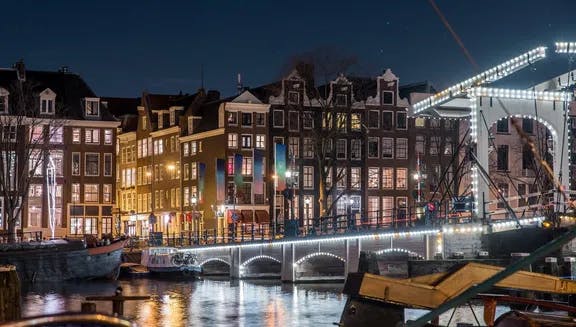
Romantic stories walking route
3 September 2025
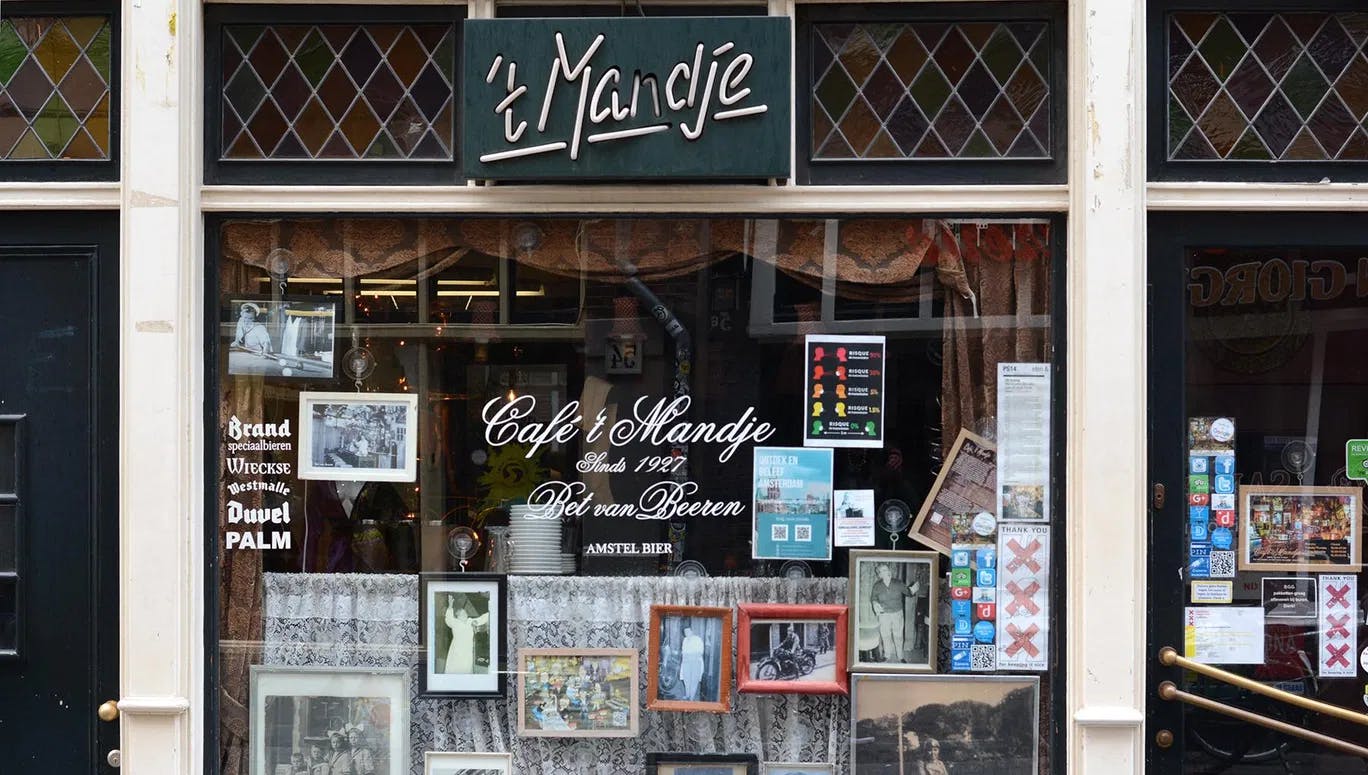
For centuries, Amsterdam has provided a safe home for numerous minorities, one such being the gay community. The Netherlands was the first country in the world to legalise same-sex marriage. Across the city, you will find locations where iconic moments in LGBTQI+ history have taken place, providing insight into a fascinating aspect of Amsterdam’s hidden past. For those who identify as LGBTQI+, this walking tour forms a part of your history. The route is also interesting for anyone looking to build connections. Discover more about the history of all LGBTQI+ people: whether it's your brother, your aunt, a colleague or anyone else who calls this city home.
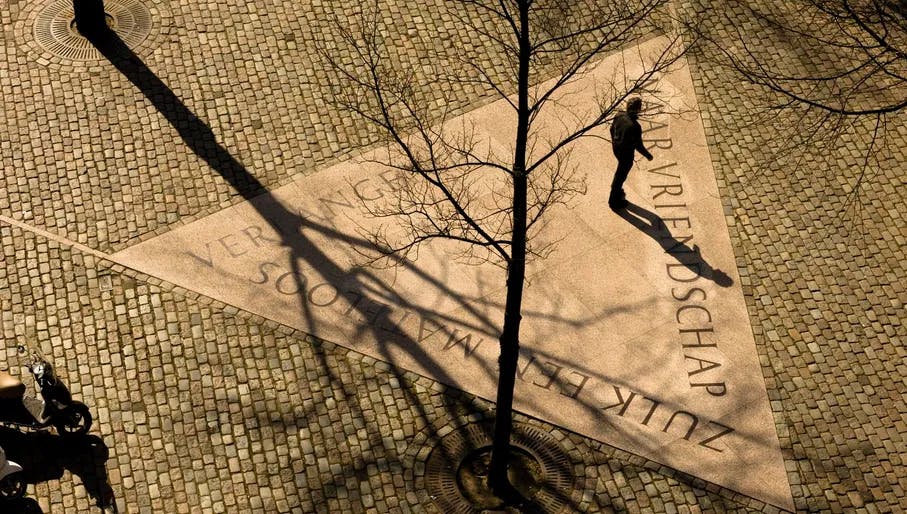
The Homomonument was built in 1987 and was the very first gay monument to be built in the world. It is situated at a hard-won location on the Keizersgracht behind the Westerkerk - not tucked away, but standing proudly in the middle of the city.
The monument consists of three interconnected pink triangles which represent past, present and future. One corner refers to World War II when imprisoned gay men in concentration camps were forced to wear a pink triangle identification patch. A line of poetry by Jacob Israel de Haan (1914) reads “Such an endless longing for friendship”. The concept of “friendship” here stands for all the love that was not allowed to exist for centuries.
Today, the monument provides a space to reflect and contemplate as you sit and watch the boats pass by. If you’re wondering why there are flowers, they have been laid for deceased friends and loved ones - a commemoration of all the LGBTQI+ people who have been denied rights, persecuted and rejected by society over the years. The tradition of laying flowers here started with that other virus, the AIDS epidemic, and continues to this day.
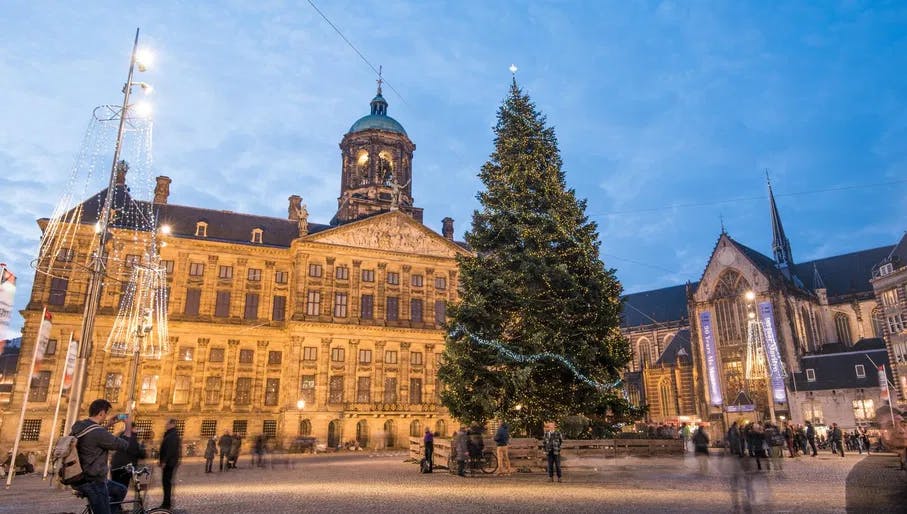
You might be familiar with this view of the Royal Palace from the balcony scenes with Dutch royals Beatrix, Juliana, King Willem-Alexander and Queen Maxima. However in the seventeenth and eighteenth centuries, Dam Square is where the executioner’s scaffold stood. At that time, homosexuality was classified as ‘sodomy’ - a term for sexual acts that were deemed ‘unnatural’. To be a ‘sodomite’ was a criminal offence which carried the death penalty. You are now standing on the spot where hundreds of gay men were executed.
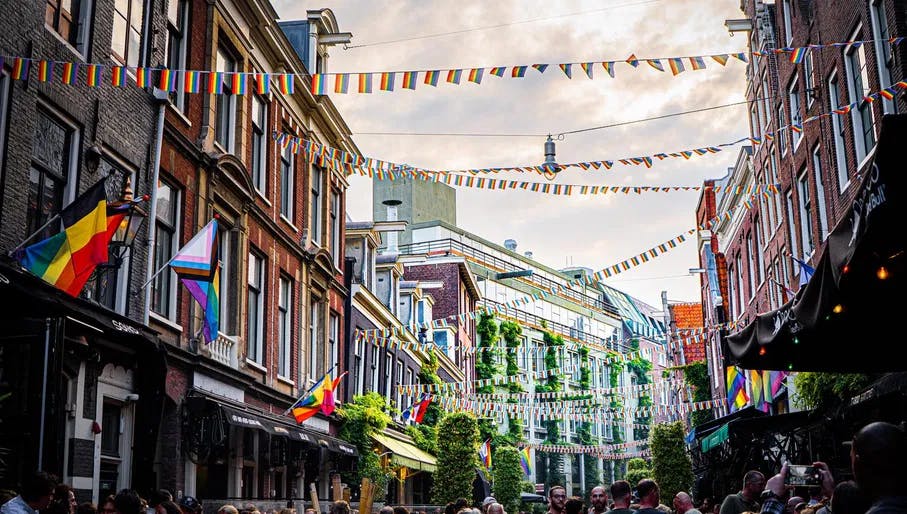
From the nineties until the beginning of the twenty-first century, Amsterdam was considered the Gay Capital of the world. For any LGBTQI+ person, Amsterdam was the city to be in - this is where it all happened. Whilst in other countries, the gay community was often still oppressed, in Amsterdam, a changing society meant that you no longer had to hide.
New clubs, pubs and gay bars sprang up everywhere. Parties were held every night, from late evening to early morning. You could go dancing in Reguliersdwarsstraat at iT (now club Air), Richter and RoXY (which had a famous Gay Night on Wednesdays). If you had a leather fetish, you could head to the bars on Warmoesstraat, and for classic Dutch levensliederen you could go to the Halvemaansteeg. There really was something for everyone.
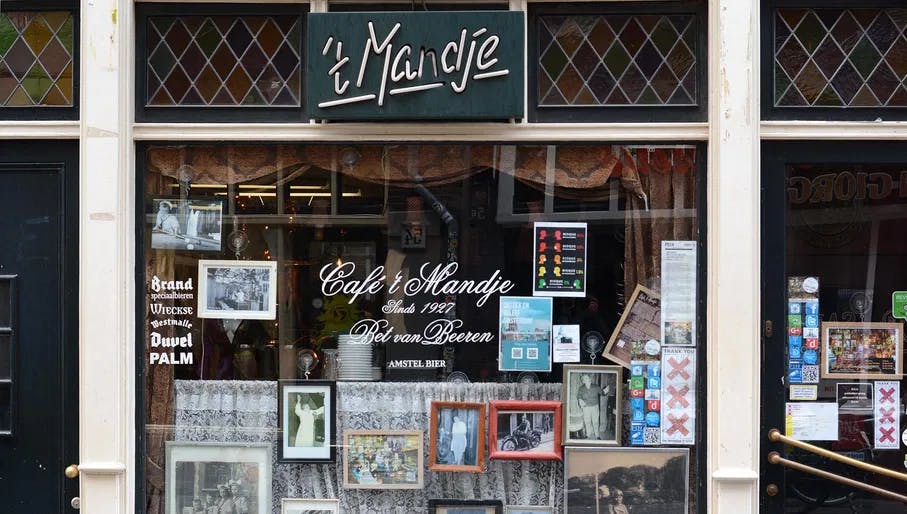
Long before the heyday of the nineties, there was the Zeedijk, which, for centuries, was the street where different worlds would mix and mingle. Sex workers, sailors or anyone looking for entertainment could find it here.
In 1927, Bet van Beeren, a working-class woman from the Jordaan, bought the pub at number 63 Zeedijk from her uncle and named it 't Mandje (the little basket). Bet, an openly lesbian person, was accepted by everyone who knew her. The pub became a safe-space for the gays and lesbians of the time despite the fact that back then, as a homosexual, you could go to jail for three months for showing "immoral behaviour" ...
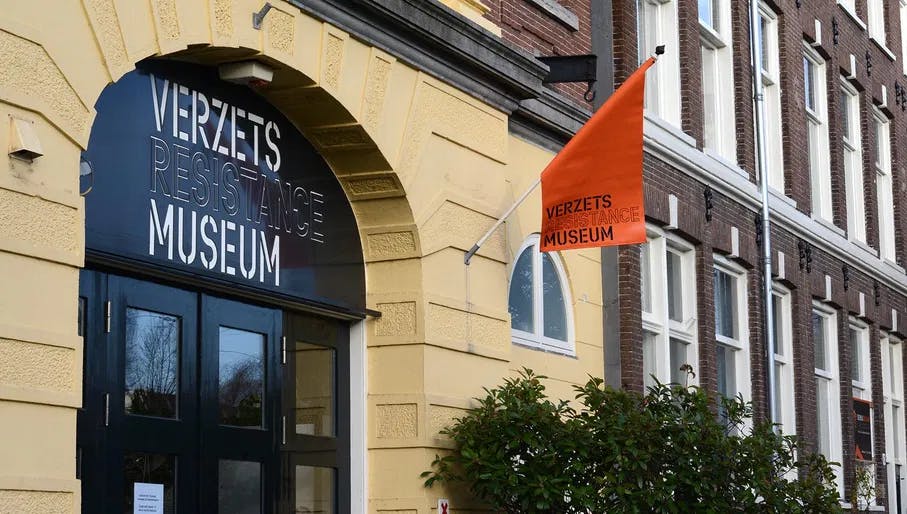
Pink resistance heroes in World War II? Absolutely! In 1943, a group of Dutch resistance fighters launched an attack on the Bevolkingsregister building. The Germans were not amused and offered a reward for their capture. The men were caught and later executed. After this incident, it soon became clear that some of the main fighters in the resistance were openly gay and lesbian.
In Dutch post-war society, homophobia was rampant and homosexual persecution was on the rise. Most people preferred not to know that there were (openly) gay people who had helped in the resistance movement. The Resistance Museum is the perfect place to start if you want to find out more about this forgotten chapter.
Want to dive even further into the history and background of the Dutch LGBTQI+ community? At OBA Oosterdok you will find IHLIA LGBTI Heritage Collection - unique collection of books, documents and photographs that tell the story of a section of society that was, until recently, very well-hidden. Browse through the book collection at the information desk and keep your eye out for several exhibitions which are hosted there throughout the year.
Every Wednesday, Friday and Saturday, Henk conducts a private version of this tour for one person in line with social distancing measures. Get the extensive and inspiring story about gay icons and history in Amsterdam. For more information or to look for dates and tickets head to specialamsterdamtours.nl. Follow Henk on Instagram: lgbthistorytouramsterdam